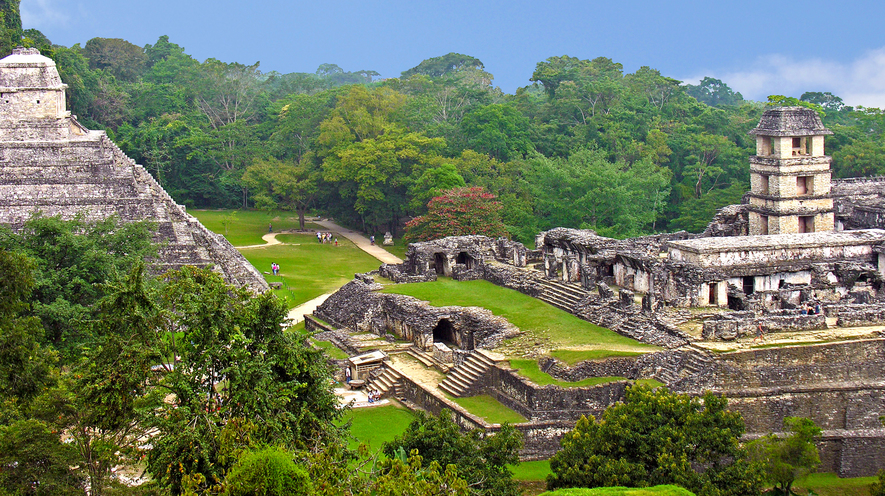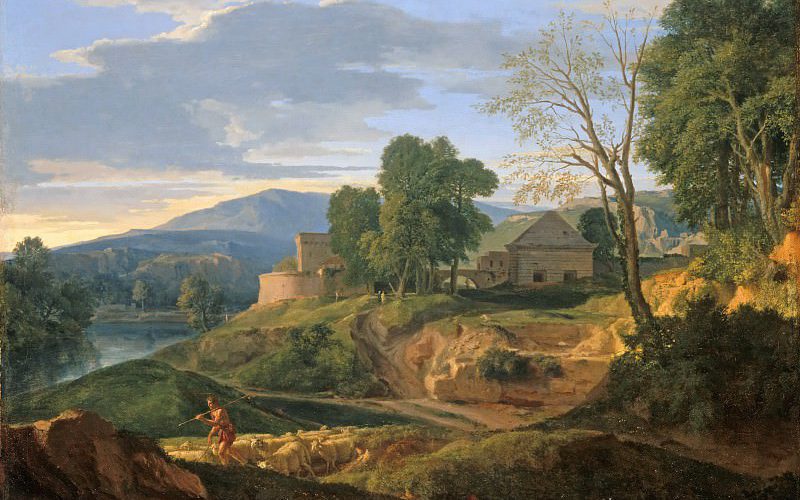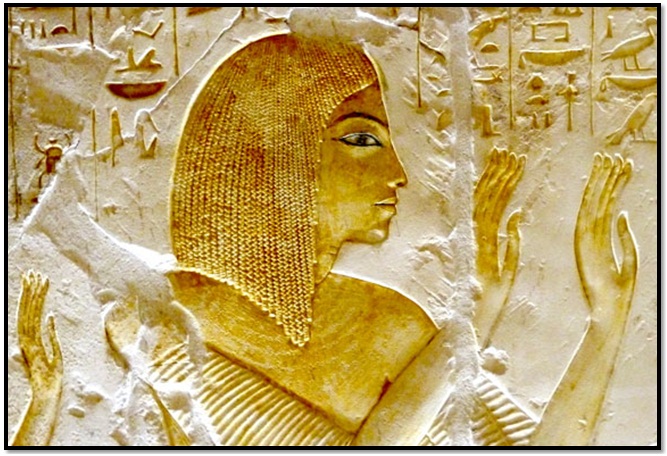Did drought trigger the demise of the ancient Maya?

An enormous drought that swept across Mexico around 1,000 years ago triggered the demise of one of the world’s greatest ancient civilisations.
Scientists studying the climate at the time of the ancient Maya found that rainfall fell by up to 70 per cent at the time the region’s city states were abandoned.
The downfall of this great society has been the source of much debate, and the idea that drought brought about its downfall has been mooted for years.
Now, a team of international researchers has managed to calculate the conditions on the Yucatan Peninsula at the time of the decline using sediment samples from a local lake.
“The role of climate change in the collapse of Classic Maya civilisation is somewhat controversial, partly because previous records are limited to qualitative reconstructions, for example whether conditions were wetter or drier,” said Nick Evans, a PhD student at the University of Cambridge.
“Our study represents a substantial advance as it provides statistically robust estimates of rainfall and humidity levels during the Maya downfall.”
Classic Maya civilisation refers to a period from 250 to 800 AD, when the enormous stone monuments for which the region is known were constructed.
However, towards the end of this period a mysterious event led to their limestone cities being abandoned.
The Maya people survived to the present day across the region, but by the time the first Europeans encountered them their power was considerably depleted.
Suggested triggers for this collapse have included war, invasion and the loss of trade routes.
In the new research, published in the journal Science, Mr Evans and his team built on work from the 1990s that suggested extreme drought was linked with the economic and political changes of the time.
They analysed water trapped within crystals of a mineral called gypsum, found in Lake Chichancanab, to work out precise values for changes in rainfall and humidity hundreds of years ago.
During droughts, more water would have evaporated from the lake, and because the lighter isotopes – or chemical variants – of water evaporate faster, a higher proportion of heavier ones indicates drought.
“This method is highly accurate and is almost like measuring the water itself,” explained Mr Evans.
The scientists can now use this data to predict the impact of droughts on agriculture in the region, and work out how a changing climate led to the end of the Classic Maya.


































